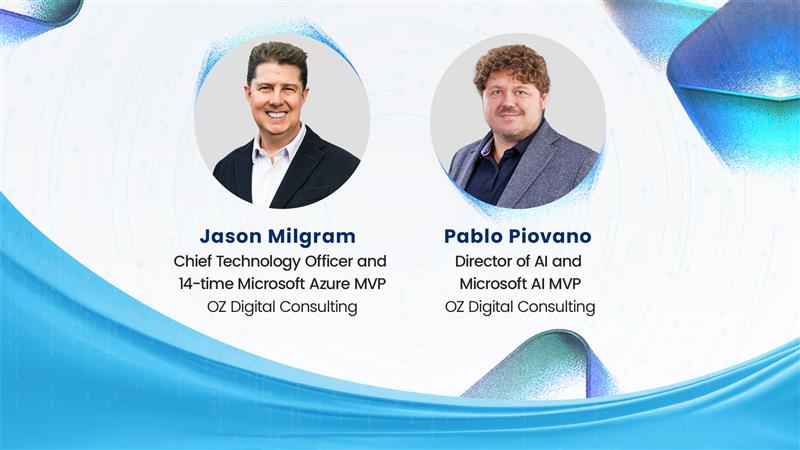The insurance industry comes across as one of the most consistent segments of our capitalistic endeavors. Contrary to this misconception, property & casualty companies have set the pace by determining the rates and establishing the standards for insuring people, properties, and events. Amidst massive amounts of details, stacks of paperwork and hair raising risk-analysis pressures, it has generated respectable profits for businesses while offering security for its many policyholders.
The emergence of insurance technology is offering some relief for these loyal professionals while creating new excitement and generating positive energy and interest all across the industry. Policyholders, businesses, and even employees are finding new inspiration by realizing that insurance has so much more to offer than in the past.
Meet Insurance Technology
Insurance technology—”insurtech” to insiders—is opening new possibilities. The level of service Intelligent Automation makes available is attracting new prospects. Policyholders today have become more nuanced in their purchasing behaviors and with that individuality comes a different set of expectations in the insurance coverage they purchase. They also want competitive pricing and simple explanations for complex contracts, something which insurance technology is perfectly positioned to capitalize upon.
The end result of these newly rising trends is ultra-customized policies, social insurance plans, that result from tapping into a variety of data streams to monitor individual behavior and patterns to dynamically measure and ascertain risk. These new products and concepts elevate insurance into a tailored experience that creates greater loyalty and a sense of security for policyholders appreciative of the personal approach.
How Digital Technology is Transforming the Insurance Industry
While insurance technology can take over the repetitive tasks that still rely on many human workers, there are two core components that drive these solutions.
- Intelligent Automation (IA)
- Robotic Process Automation (RPA)
When either or both IA and RPA are integrated into a trained process, machines have proven to be accurate, fast, and untiring in their performance. This results in a flood of benefits starting with more time for executives and their workforce to focus beyond company boundaries to positively impact customers and prospects in new ways.
Boosting Profits and Managing Risk
From subtle to clearly noticeable results, insurance technology is forging a clear path for insurance enterprises. Increased profitability, security, and improved risk management are only a few of these benefits. Furthermore, this capacity for boosted profits and enhanced risk detection can enhance the effectiveness of every segment of an Insurance operation.
Profit enhancements include:
- Administration – By combining analytics, intelligent Optical Character Recognition (OCR), machine learning, and natural language processing, RPA engages directly with policyholders by helping them manage and update their policies; RPA can even read emails and redirect them to the appropriate division.
- Claims – Because it’s the heart of the business, using RPA for managing claims relegates the tedious and habitual tasks to machines, freeing up human staff to focus on unusual or unique claims and settlements. Automation also streamlines the claims process from adjustment through to settlement.
- Premiums – Responding swiftly to policyholder needs is always a must, but becomes even more essential when dealing with client premiums. While auto-renewing policies need little attention, most policies demand regular reviews and modifications to truly serve the policyholder.
- Underwriting – Because it involves accessing and analyzing multiple data outlets to more precisely measure risk, RPA bots are ideal for accumulating, categorizing, and analyzing unstructured data from external and internal sources, and remitting curated data to the right departments.
Risk management improvements begin by using various digital tools to:
- Analyze risk exposure
- Evaluate risk mitigation options
- Implement risk mitigation
- Monitor results of risk mitigation
Examples of improved risk management can include the following:
- Big Data Analytics – By combining personally collected and owned data with larger data sets, risk managers and insurers are better able to identify previously unrecognized risk factors and correlations, resulting in intelligent and informed decision-making. This capacity to leverage new analytics with data processing capabilities allows for more competitive risk-adjusted pricing which may attract more companies.
- Information Analysis – Artificial intelligence and machine learning work in tandem to analyze information faster and deliver analyses with a depth of quality not normally achieved by humans. This can be applied to claims, policy documentation, risk analysis, risk identification, and underwriting, resulting in faster response times to regular policyholder needs and concerns.
- Internet of Things – With the explosive growth of sensors and other IoT devices and applications, insurance companies can revel in the apparently unlimited settings and situations that can be monitored, delivering relevant and actionable information to the right parties; with the fascination of wearables and sensor technologies, the growth potential seems unlimited
- Visual Processing – With the addition of drones and geo-imagery technologies, visual processing opens up new possibilities, so factors such as claims reporting, hazard identification, and property loss prevention are more accurately analyzed. This proactive approach can reduce claims and streamline inspections and property analysis without sacrificing data integrity.
Reboot Your Business with Insurance Technology
There is no reason to delay. Other insurance businesses are already benefiting from insurance technology and so can you. In fact, don’t even worry about competitors getting a jumpstart on you, because there are experts who can bring you up to speed quickly. A prime example is how OZ works with insurance companies to put them on a faster track of success and growth. That could be your best start to your own insurance technology success!



